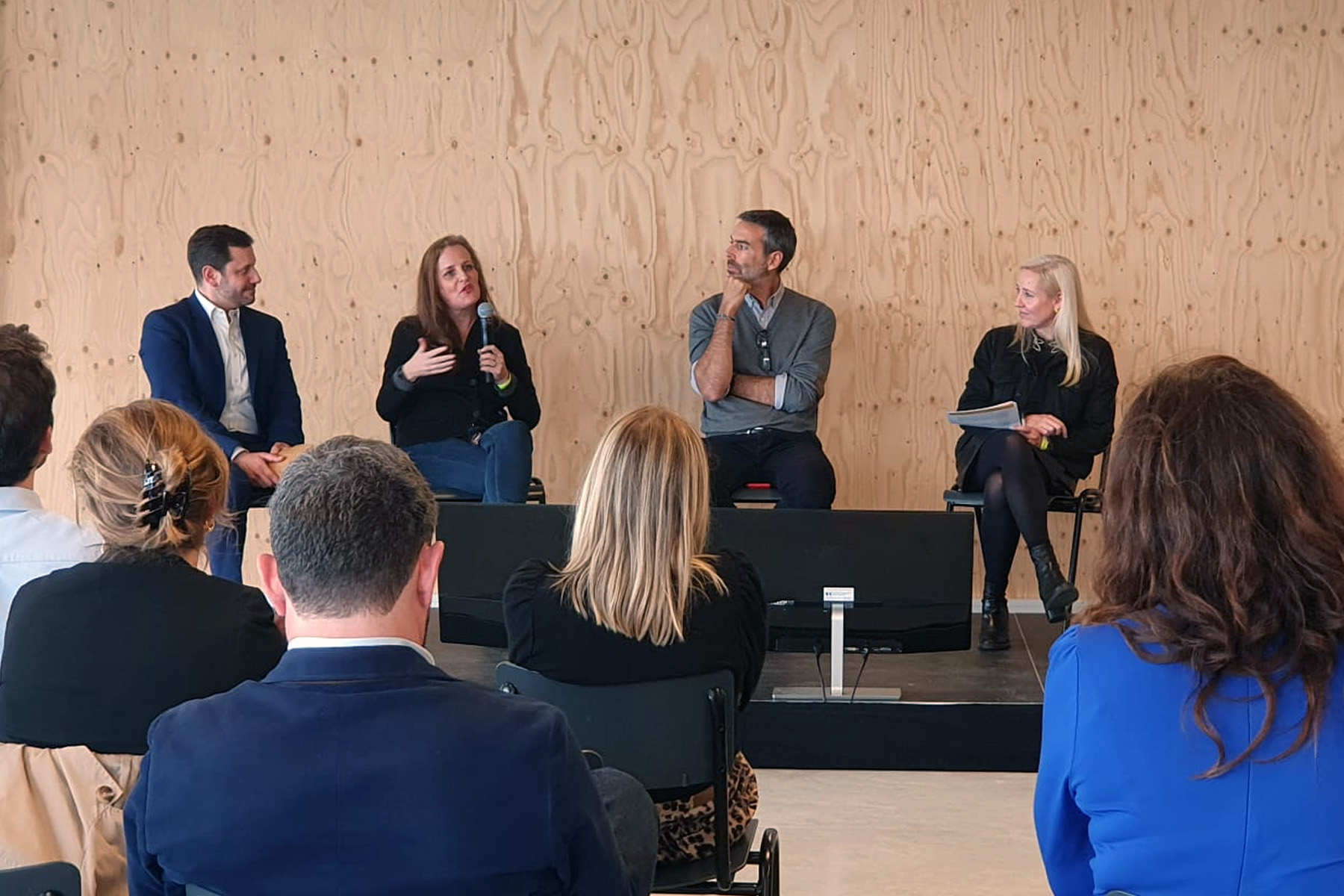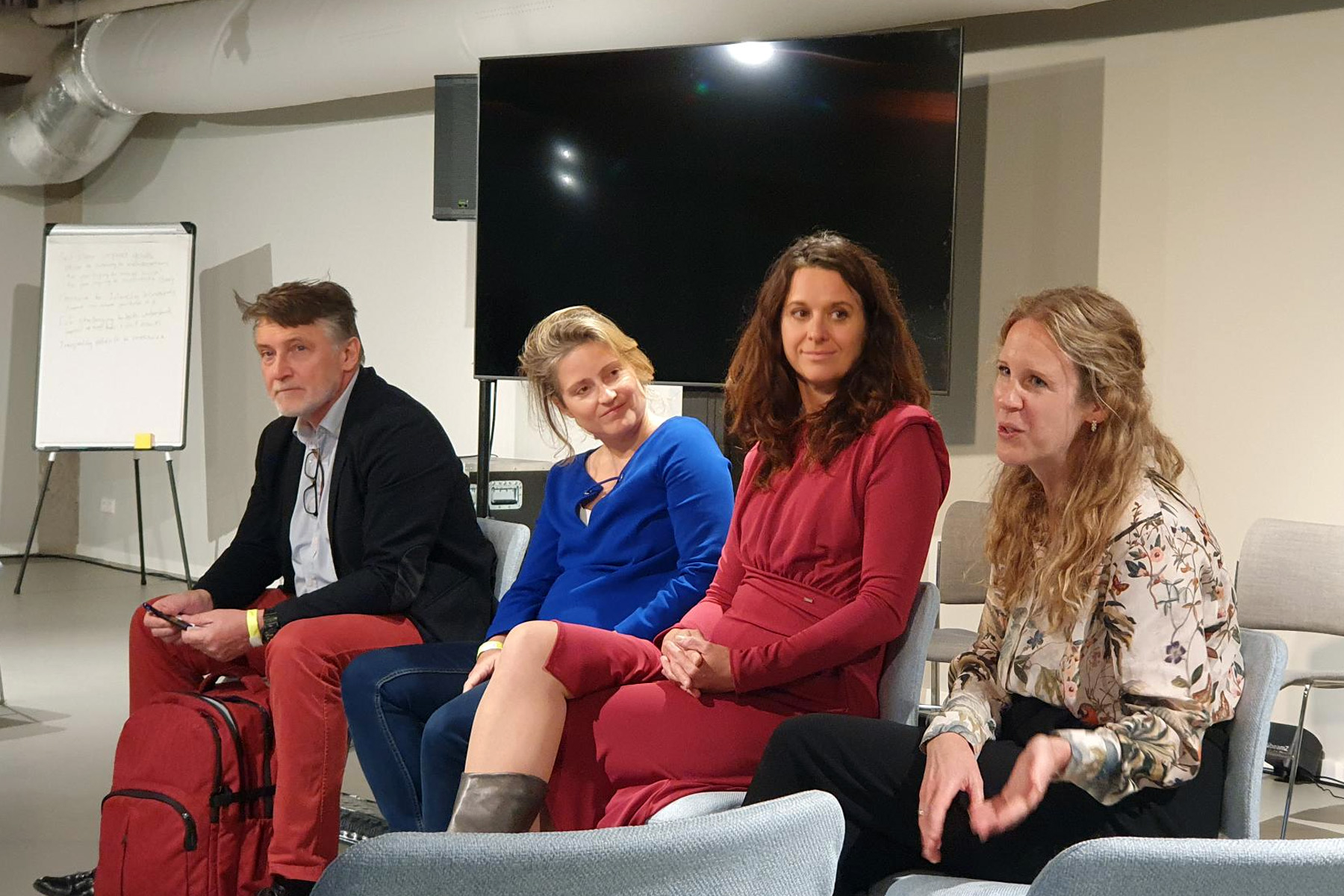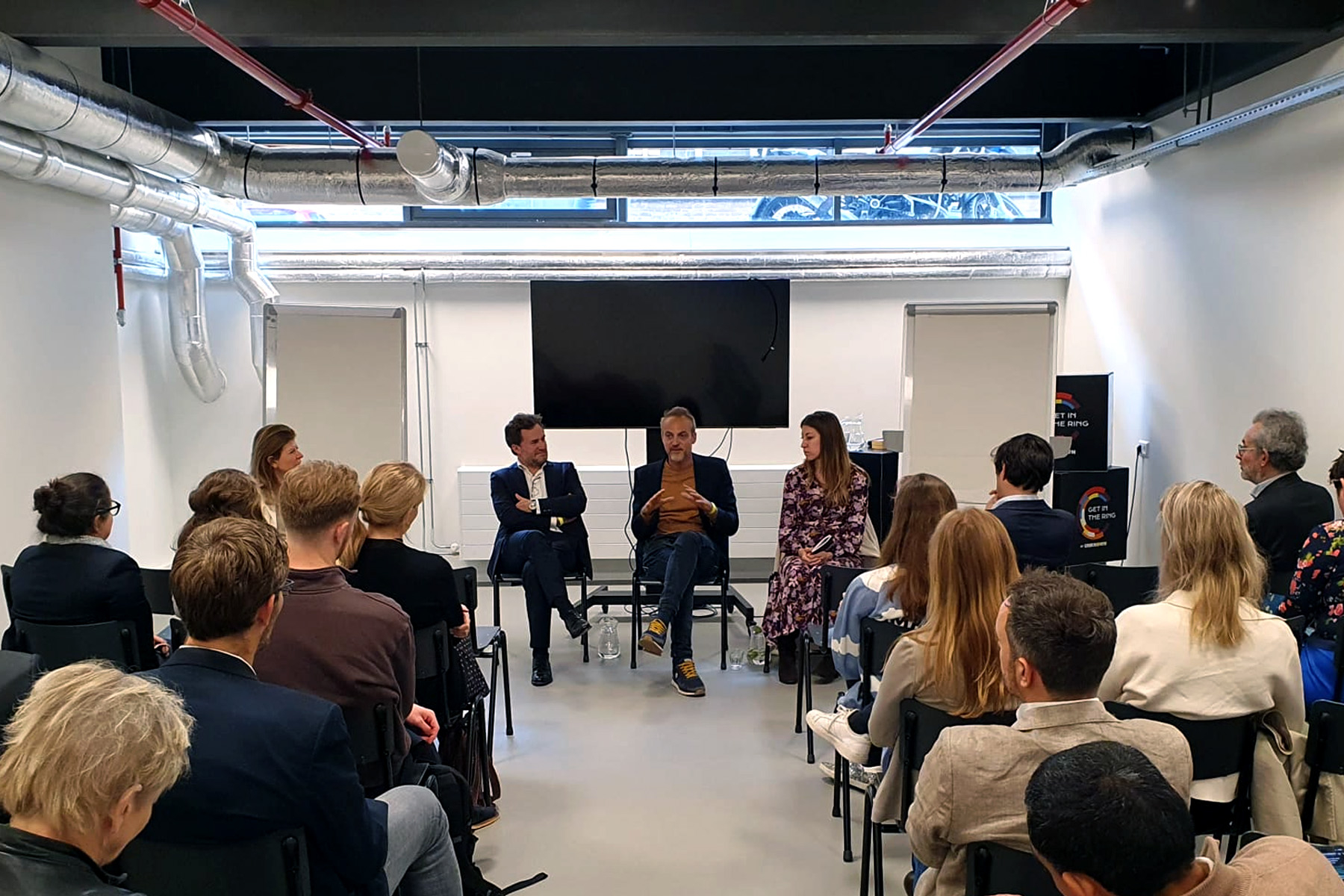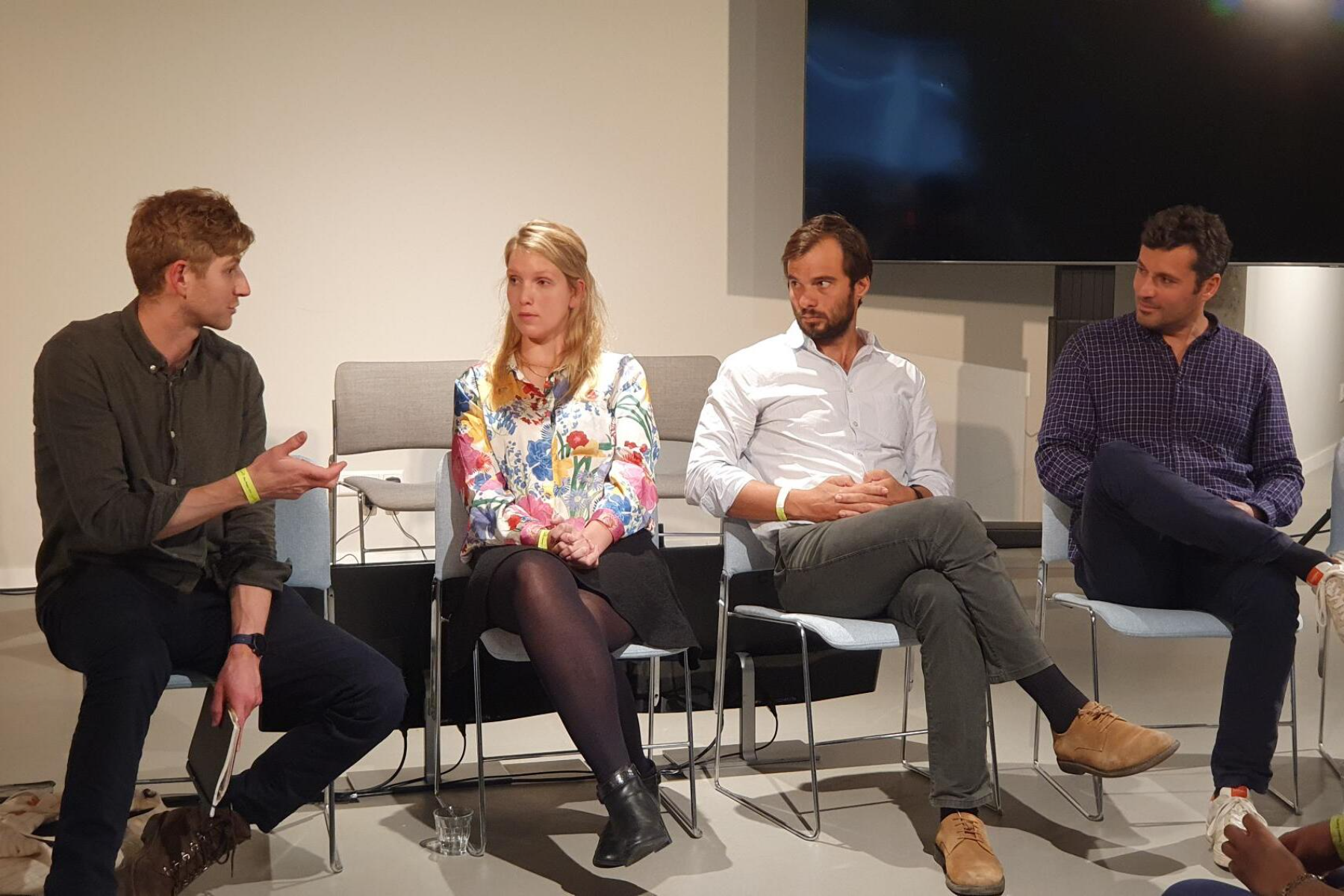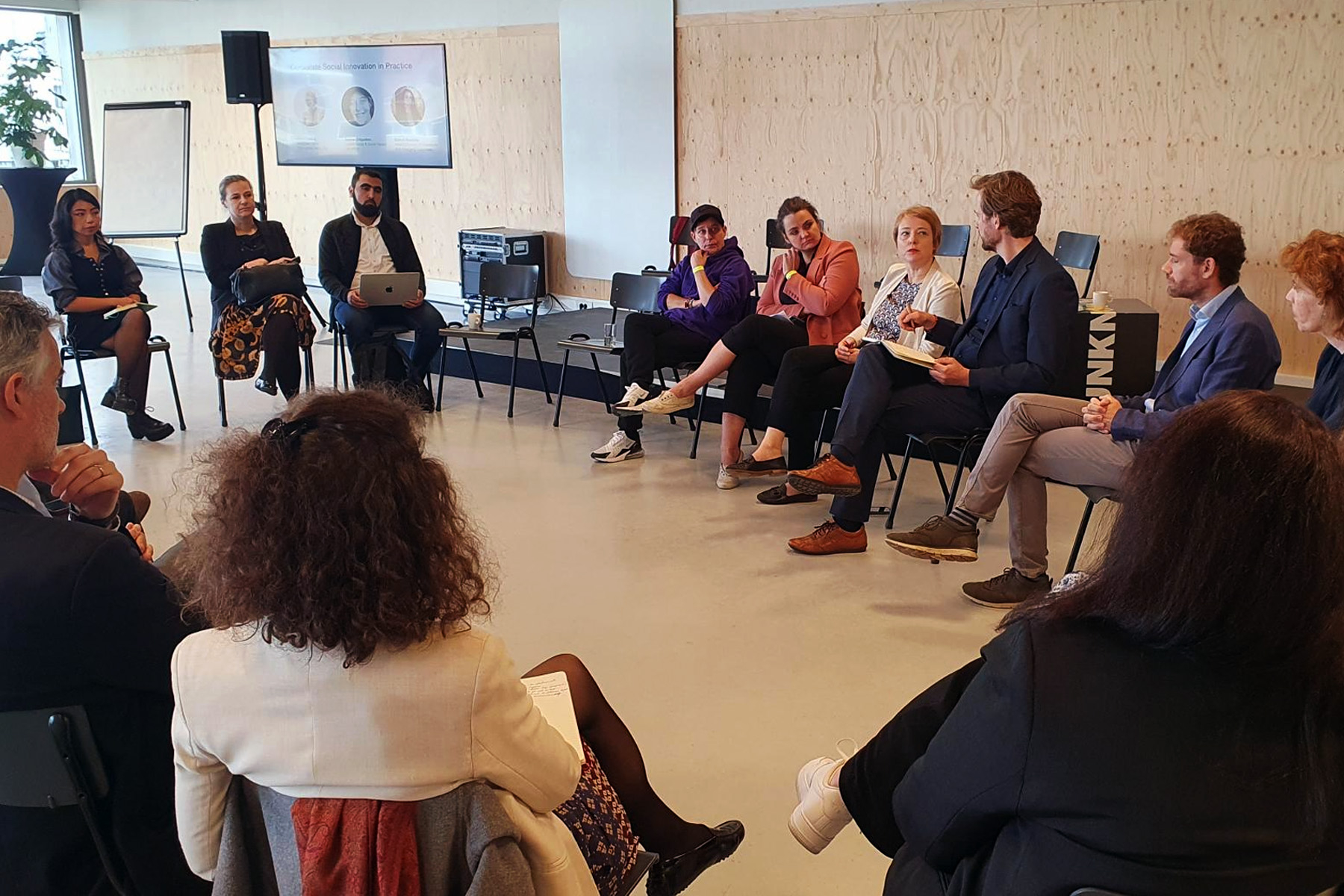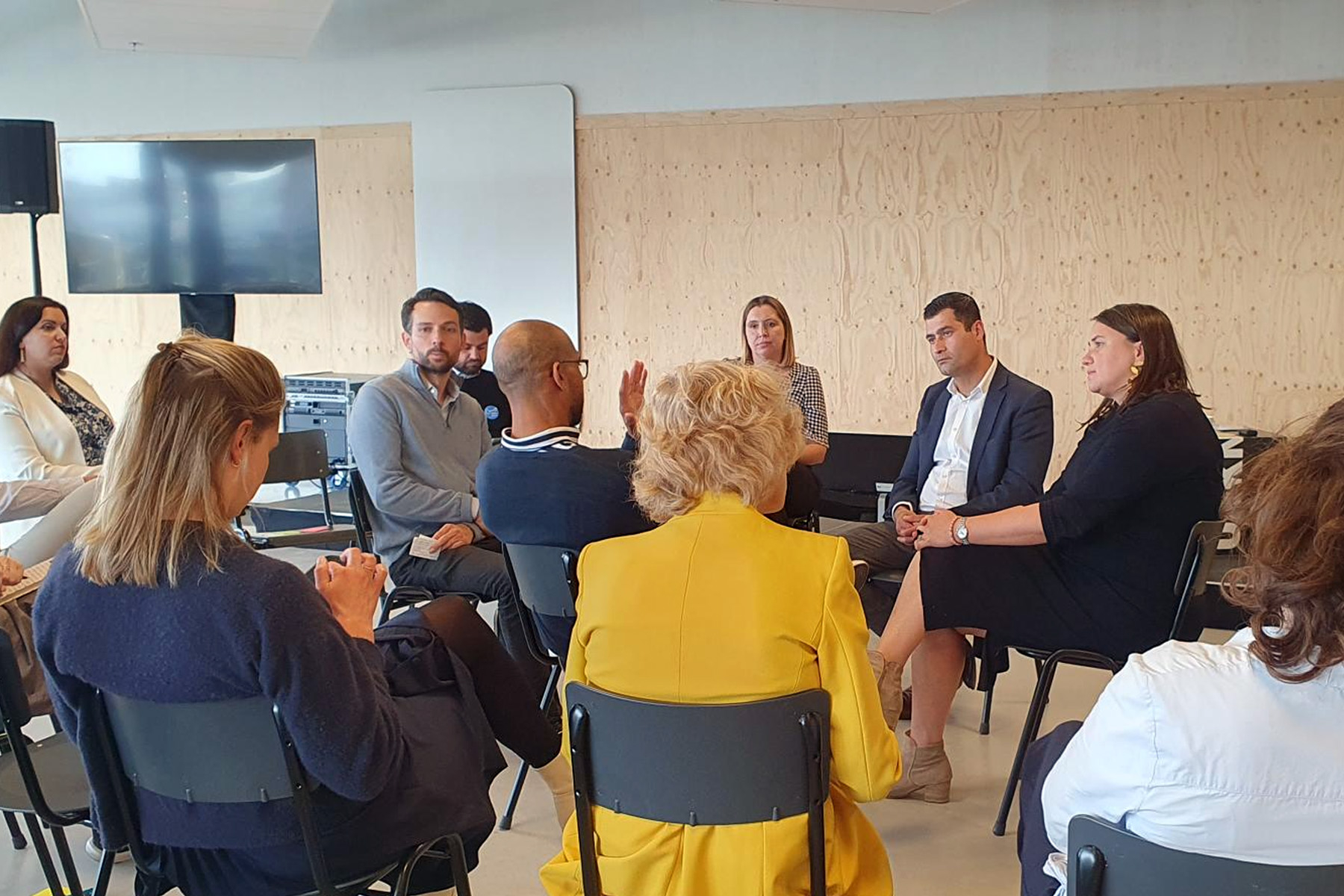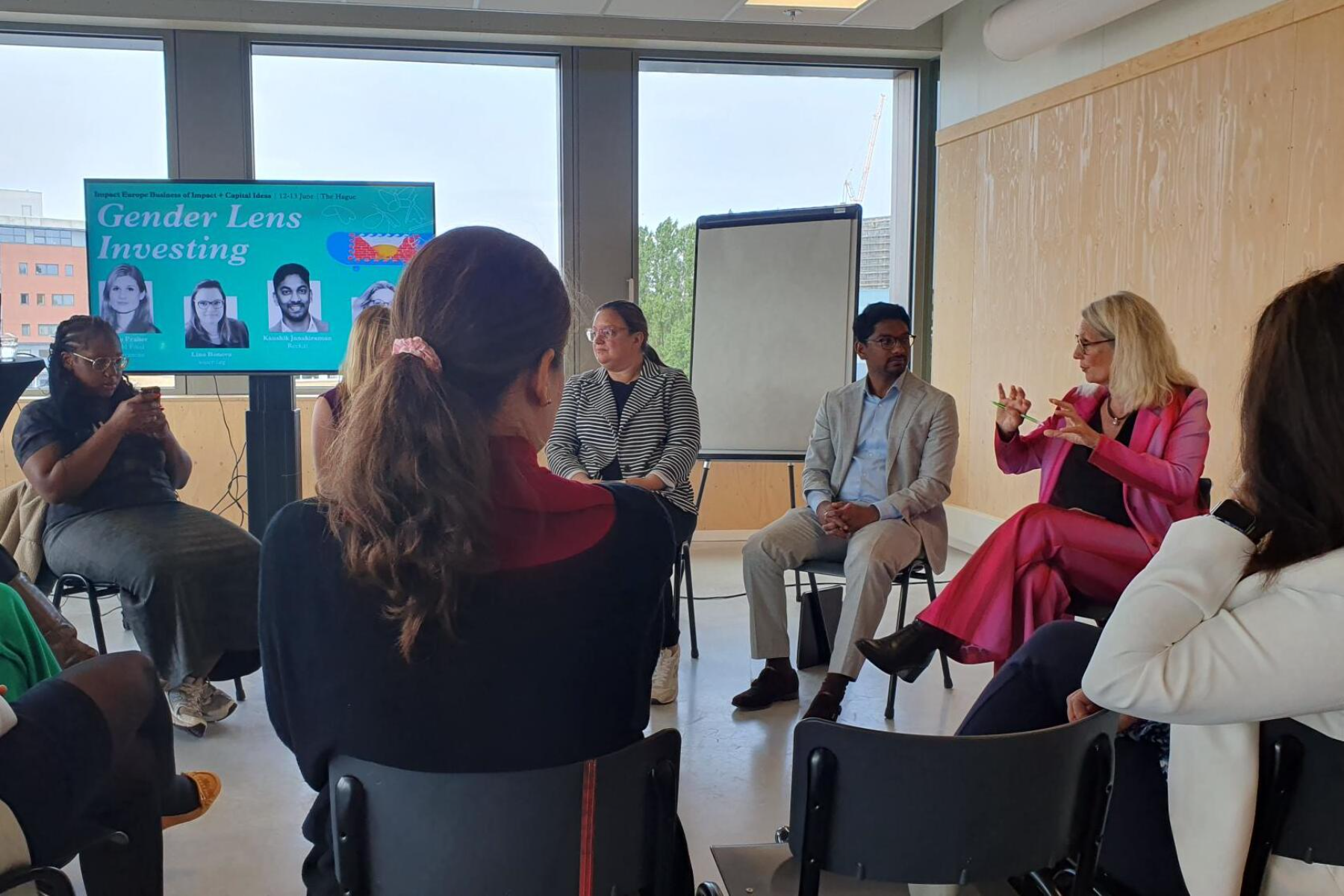Breaking the Gender Echo Chamber
Following 2024's Business of Impact/Capital Ideas in The Hague, we share key takeaways and insights for the impact community. In this instalment, we join the discussion on Gender Lens Investing.
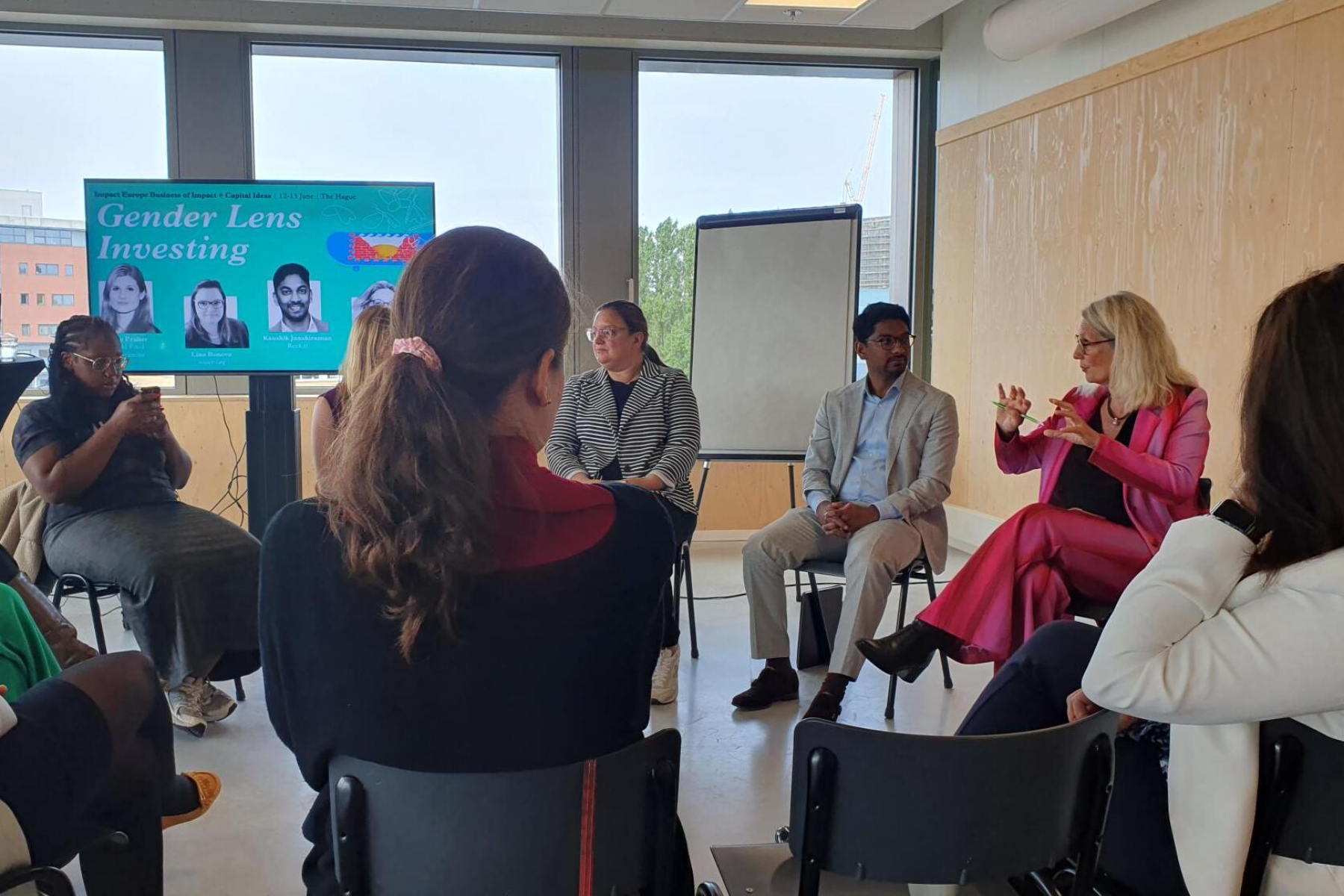
Financial systems benefit men and women differently. This is the base case of gender lens investing, a practice that aims to adapt finance to become a tool that can help promote gender equality. It is an important topic – Impact Europe is actively pursuing possibilities of putting it higher on the agenda. The rather modest turnout for the breakout session in The Hague suggests there may still be work to be done.
Measuring gender equality
First, the elephant in the room – yes, most participants in the session are women, with one man in attendance. ‘Are all gender lens discussions skewed like this?’ asks one participant. Marijn Wiersma, Director of Community and Innovation at 2X Global, replies that ‘men are definitely contributing to the conversation’. She does concede that most of the partners they work with remain led by men, and that predominantly female crowds are not exceptional.
It feeds into one of the main talking points of the session. For many organisations and enterprises, the road towards gender equality is one of (self)discovery. It involves confronting latent, often uncomfortable biases, such as ‘older white men tend to be better leader figures’ or ‘women let their emotions dominate rational decision-making’. Even if these are not pronounced, they tend to linger across the spectrum of the financial system.
What could aid in facilitating this discovery journey, is to make the conversation as concrete as possible. Yasmina Zaidman, Chief Development and Partnerships Officer at Acumen, mentions the importance of IMM and the IMM toolset in making the progress towards gender equality more visible. Through analysis, she says, we can not only pinpoint where extra efforts are needed, but also what has been effective in the past. This last element appears crucial, as it provides incentive to embark on a search for long-term solutions. Gender lens investing, the participants agree, should be easily understandable, and not complicate the job at hand. It should instead become joint project that can enthuse those working on it.
It is worth noting that there are already some tools at hand to measure gender equality in investments. 2X Global has a set of criteria that you can apply to investments across different asset classes, regions and markets, explains Wiersma. Alignment with these criteria means that you adhere to a certain standard for gender finance. Building on this framework, companies, but also funds, investors and even investment products can receive the 2X Certificate – a medal of honor for gender lens investing, if you will.
Fixing the imbalance
The gender imbalance is present in all ranks of the impact investing spectrum, starting with the actual access to finance for entrepreneurs. Kaushik Janakiraman, Director of Policy, Advocacy and Risk at Reckitt, repeats that women are disproportionally affected by a lack of investments. This sentiment is echoed by Lina Bonova, Chief Revenue Officer at water.org. As Bonova explains, a lack of access to water primarily affects women who spend long hours finding solutions to this basic problem. This time is time not spent on education or developing professional activities. In this sense, an investment in water is indirectly an investment in restoring part of the gender balance in poor regions that lack access to clean water. Janakiraman calls these types of investments ‘no-brainers’ and insists that there is no need to reinvent the wheel. Leveraging existing finance structures and providing accurate support once capital has been deployed, go a long way already. Participants of the panel offer numerous examples of how this could work, and has already worked in the past.
But, as Nora Praher, Innovative Finance Venture Lead at the UN’s World Food Programme adds, the money does have to follow. Too often, financial literary training is not backed up by actual investment. Cultural differences, too, play a role in complicating matters. Praher shares the story of an initiative to provide women in Iraq with more favourable interesting rates on loans. However, their husbands often prohibit them from taking this offer, diminishing its positive potential. Finding solutions to these types of situations will greatly enhance all efforts in restoring gender balance.
Another aspect of gender lens investing is to make sure that women are represented in leading positions, too. Participants share stories of products and investment ideas that struggled to find investors, simply because male-centric investment committees don’t always see the potential of products aimed at a female market. The example is given of a nearly indestructible kind of pantyhose, which was rejected numerous times before becoming hugely successful in the long run. ‘If it was a fire truck, they would have invested in it instantly’, one participant jests.
In the closing remarks, the panel concludes that it is important to avoid talking in an echo chamber, and to broaden the discussion. Eyeing the attendance, this seems like a fair next step. Whereas there is agreement within the panel on the added value of gender lens investing, it seems the main issue at hand is to really capture the attention of a broader public. We are hopeful, though. Because even if there is still some echo in this particular room, it’s those absent who are missing out on some very meaningful (and concrete!) progress.

